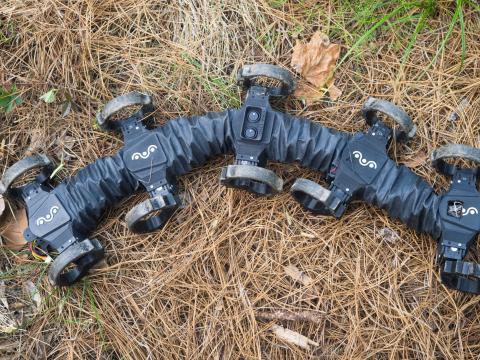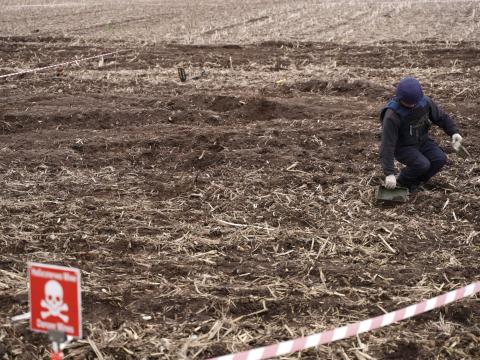Engineers to Showcase Robotics at DARPA Challenge in June
Industry and academia are gearing up to showcase some of the most advanced robotics and research work at the Defense Advanced Research Projects Agency (DARPA) Robotics Challenge, a competition of robotic systems and software teams developing robots with a goal of helping humans respond to natural and man-made disasters.
Participating teams are developing hardware, software, sensors and human-machine interfaces to enable robots to complete a series of challenges that mirror disaster responses. Competing robots will face degraded physical environments that simulate disaster conditions.
The finals take place June 5 and 6 at Fairplex in Pomona, California. Competing robots will attempt a circuit of consecutive physical tasks with degraded communications between the robots and their operators. The winning team receives a $2 million prize.
Robots must demonstrate a capability to perform an emergency stop on command, get up from a prone position, cover at least 10 meters of flat ground in five minutes or less without falling, traverse a barrier wall that is 20 centimeters high in less than five minutes and rotate a circular valve handle 360 degrees. Many robots will walk on legs to allow them to negotiate challenging terrain.
Officials hope technologies “will transform the field of robotics and catapult forward development of robots featuring task-level autonomy that can operate in the hazardous, degraded conditions common in disaster zones,” according to challenge officials.
Here is the most recent listing of the 11 finalists:
• IHMC Robotics from Florida Institute for Human and Machine Cognition, Pensacola, Florida
• Tartan Rescue from Carnegie Mellon University, National Robotics Engineering Center, Pittsburgh
• Team MIT from Massachusetts Institute of Technology, Cambridge, Massachusetts
• RoboSimian from NASA Jet Propulsion Laboratory, Pasadena, California
• Team TRACLabs from TRACLabs Incorporated in Webster, Texas
• Team WPI-CMU, formerly Team WRECS, from Worcester Polytechnic Institute, Worcester, Massachusetts
• Team Trooper from Lockheed Martin Advanced Technology Laboratories, Cherry Hill, New Jersey
• Team ViGIR from TORC Robotics, Blacksburg, Virginia; TU Darmstadt, Germany; Virginia Tech, Blacksburg, Virginia; Oregon State University, Corvallis, Oregon
• Team THOR from UCLA
• Team Valor from Virginia Tech, Blacksburg, Virginia
• Team KAIST from Daejeon Metro City, Republic of Korea
Sandia National Laboratories, though not competing in the June challenge, will showcase technology to improve endurance of legged robots with extended battery life that might help the competing robots.
“We’ll demonstrate how energy efficient biped walking robots could become,” says project lead Steve Buerger of Sandia’s Intelligent Systems Control Department. “Increased efficiency could allow robots similar to those used for the competition to operate for much longer periods of time without recharging batteries. You can have the biggest, baddest, toughest robot on the planet, but if its battery life is 10 or 20 minutes, as many are right now, that robot cannot possibly function in an emergency situation, when lives are at stake.”




Comments